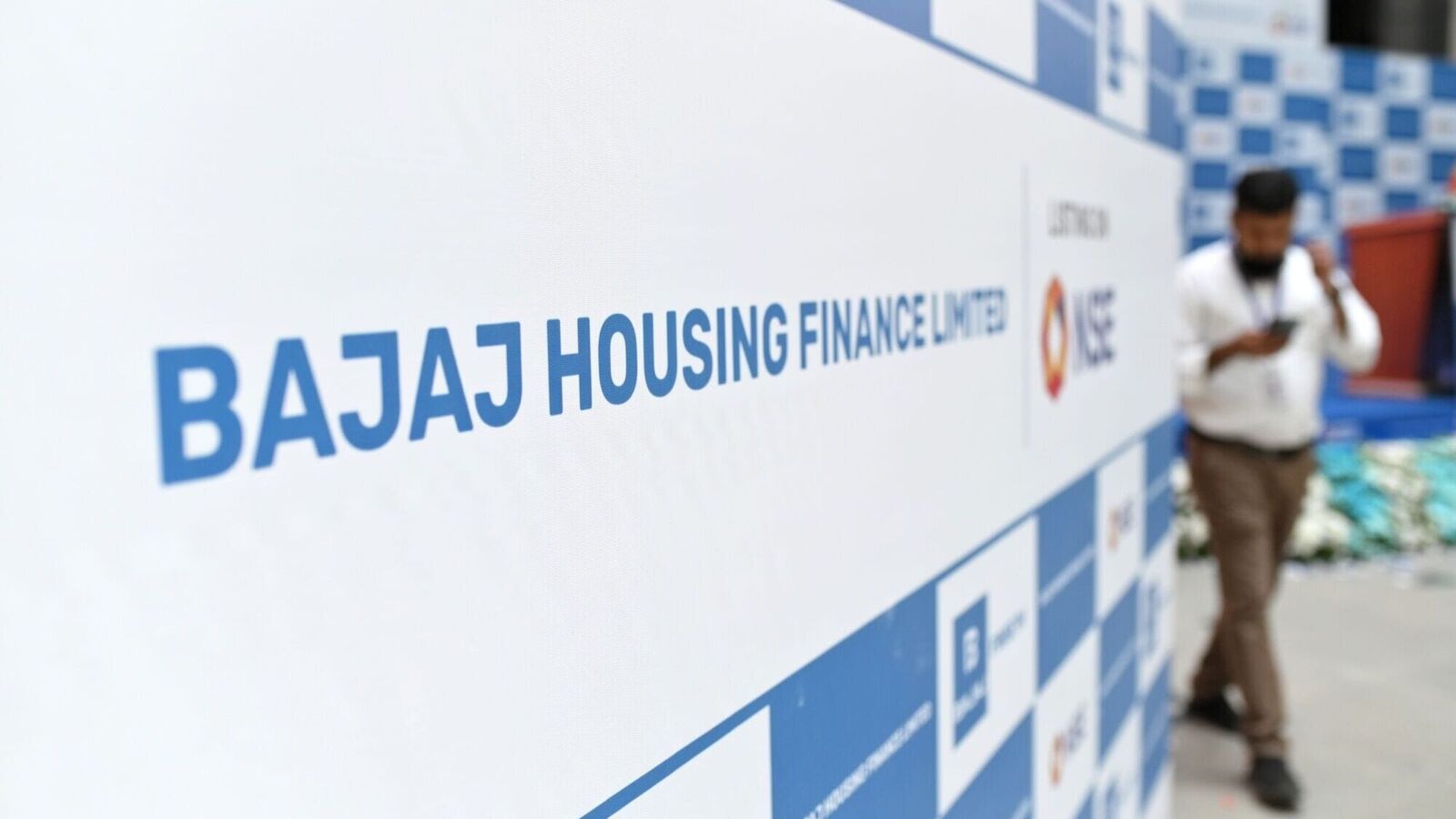However, experts have warned of potential risks related to liquidity, taxation and regulatory compliance.
In a counseling paper issued on 17 April, SEBI proposed to increase the single issuing investment limit from 5% to 10% net asset value (NAV) for equity schemes and to increase the overall investment limit in Reit and invite for equity and hybrid schemes, which increased from 10% to 20%.
The current 10% limit for loan schemes will remain unchanged. The regulator estimates that it will channel more capital flows in these devices, making their market base wider and improves liquidity.
Reits and invite
Reits Pool Capital from many investors who buy units in the trust, which are then used to invest in a portfolio of real estate properties. The income generated from these properties (mainly through rent) is then distributed to the unit holders as dividends.
Similar to reits, the pool money from investors invites the money to the infrastructure to invest in a portfolio of assets. The income generated from these projects (for example, toll collection, power tariffs) is then distributed to the unit holders.
Experts mention that while SEBI’s proposal may increase liquidity and growth in real estate and infrastructure areas, clear revelations to align with global criteria and potential revivaling investors are required to ensure safety.
Meera Money co-founder Anand. Rathi believes that by increasing the allocation of equity mutual funds, fund managers can get a comprehensive array of investment options, as these tools provide regular income through dividends and returns that can act as a hedge against inflation. He said, “If REITs and Invites are classified as equity instruments, they will become more accessible and attractive to indices. This change can stimulate demand and increase market activity around them, such as REITS is treated in countries like America, with countries such as America,” he said.
Debate on classification
While some experts support classifying REITs and invite equity tools to align with global criteria and improve mutual fund risk profiles, others take precautions that their hybrid nature and regulatory limits can complicate funds and tax treatment.
Kunal Sharma, a partner at Law firm Singhania & Co., suggested that SEBI could strongly consider the exercise prevalent worldly to classify REITs and invite as equity tools, given the purpose of aligning with international standards recently. “Such investments can improve the overall risk profile of regular flow mutual fund schemes,” he said.
However, some experts, accepting the benefits, disagreed to classify the reits completely and invite “equity” tools. Fund manager in PPFAS Mutual Fund, Raj Mehta said, “It should not be classified as equity, but as hybrids as hybrids, as it has both certain income as well as equity.” Mehta also suggested that a change in classification may not cause immediate increase in trading volume or liquidity for REIT or inviting.
Nevertheless, Mehta said that if SEBI proposes to classify these securities as ‘equity’ and their subsequent inclusion in equity indices are implemented, “This can give flexibility to invest in these securities rather than pure equity and it will help reduce the underlying risk in portfolio.”
Compliance and risk factor
Meanwhile, the founder of Lakesaraya Ashok Satanathan emphasized the regulatory classification issue, stating that sufficient mutual fund investment in REITs/invitations may cause the loss of classification in the form of an equity or date fund – tax treatment, investor eligibility and fund strategy and pupilization.
SEBI’s mutual fund rules states that a variety of funds should maintain specific investment thresholds: The loan fund should invest at least 80% in “loan securities”, while equity funds should invest at least 65% in “equity instruments”.
Since reits and invits are not classified as loans, they do not stick to the requirement of 80% loan investment-with 5% cap on single-worker exposure, limiting a maximum of 10% of their NAV in reit/invites. Similarly, 65% of equity is not counted as REIT and inviting, excessive investment by an equity fund can endanger its “equity fund” classification, which can lead to tax and regulatory implications.
“Tax treatment is also separated from pure equity or debt. REIT/invitation units are taxed like non-equity devices, unless they meet some listing and holding requirements. It affects the suitability in the subsequent tax-retrieval and tax-sensitive portfolio of the mutual funds.
Transparency, education key
Experts also highlighted the limited liquidity within the REIT and invited the space. “These devices are still relatively high in India, meaning that their pricing and evaluation matrix can not always be stable or transparent as traditional equities. Many mutual fund investors cannot fully understand how REITs and invited works are. Therefore, education and transparency are necessary,” said Rathi.
Legal experts reported that allowing more mutual fund investment in REITs and invitations would introduce significant complexity and responsibility for the asset management companies (AMCs), even though these devices are classified as “hybrids” instead of equity.
“The disclosure of specific risks for these devices, such as liquidity risks, concentration of the field, and regulatory changes, investor will be important for investor awareness. AMCS will probably have to re-look at investor suitability norms and risk profileing processes, as REITs and invitations can change the risk-ritual profile,” said Sithhananathan.









